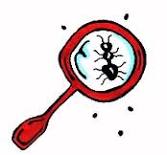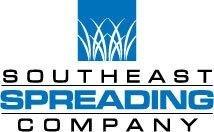Do es Mulch Attract Bugs?
es Mulch Attract Bugs?
It’s been our experience that mulch itself does not attract bugs, but may provide a home for those already living in your garden. And that’s not necessarily a bad thing, as the majority of insects in a landscape are actually healthy for the plant material.
A layer of mulch is important for retaining moisture and those little critters will aid in the decomposition of materials that add nutrients to the soil. Something to avoid, however, is an overabundance of mulch (4 inches+). As this can retain too much moisture and potentially harm to your plants via fungus and mold.
Worms, Centipedes and earwigs are examples of insects that take up residence under mulch. These little guys help the soil by adding nutrients as they eat. What about Termites? If termites are present under mulch, it’s usually because they were already there, as they not normally attracted the mulch itself.

